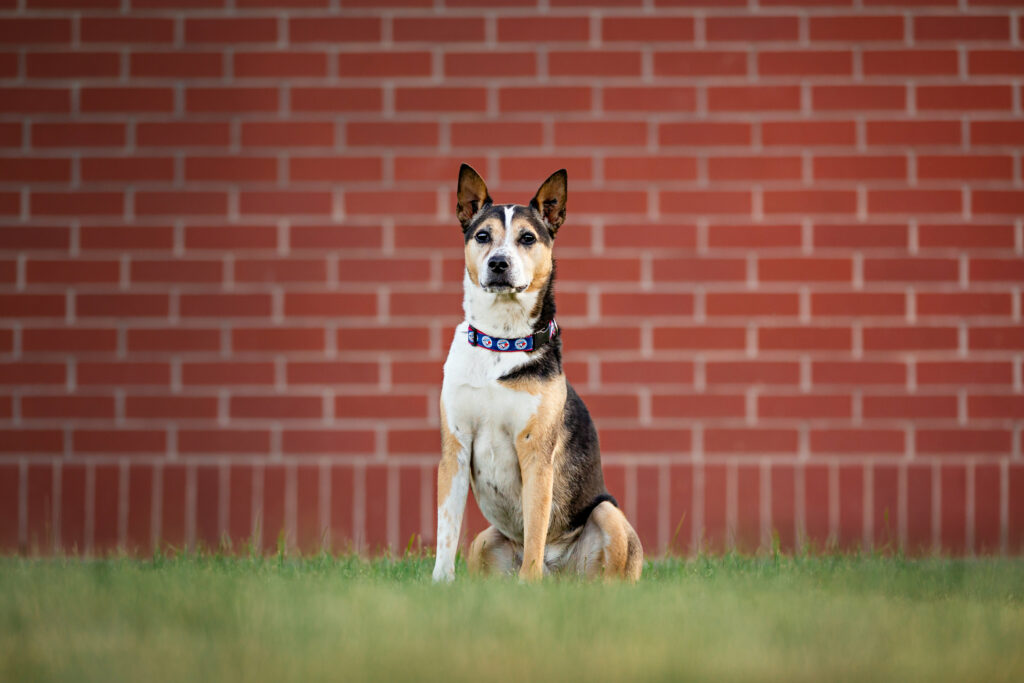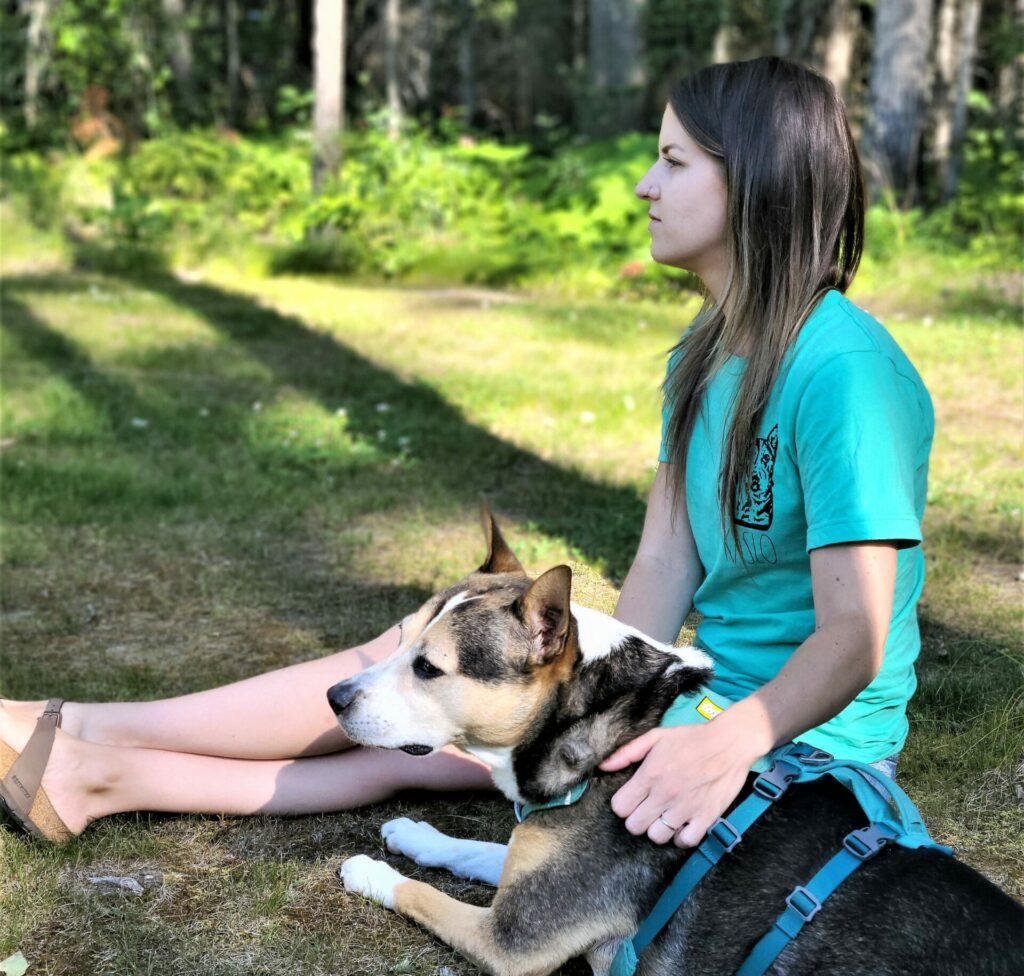Kind Corner: When walks cause you worry – tips for walking your reactive dog


Vanessa Charbonneau, owner and head trainer at Sit Pretty Pet Services, knows well what it means to share your life with a reactive dog. If you are dealing with reactivity, you can’t miss Vanessa’s helpful tips for walking your reactive dog.
Let’s get reading!
Tips for walking your reactive dog
Reactivity is a common concern of dog guardians, and one that can cause a lot of grief.
When we call a dog reactive, what we are really saying is that the dog is reacting to stimuli in the environment in a way that would be considered over the top for that scenario.
Reactivity can look like barking, lunging, growling, snarling, snapping, and whining. When our dogs become reactive to stimuli on walks, such as dogs, people, or vehicles, it can really take the joy out of these walks, replacing it with stress, embarrassment, and resentment.
Luckily, there are a few simple changes that you can make today to help your dog have more successful walks, and reduce the stress involved for both of you!

Where to walk
Choosing where to walk your reactive dog can make a huge difference to how the walk unfolds.
Walking in congested areas with a lot of triggers is going to put your dog at a greater probability of being stressed and becoming reactive to stimuli in the environment. Now, imagine you encounter 5-6 triggers over the course of your half-hour walk – yikes! That’s a lot for both of you to deal with!
Walking in a quiet neighbourhood with less traffic and dogs is going to result in a calmer walk, with fewer stressors, and reduce the likelihood of you contending with an outburst from your dog! This might require you to drive a short distance to a suitable walking location, but it will be worth it for you and your dog’s mental well-being.
When to walk
After work seems to be a popular time for dog guardians to get outside with their pooch, which makes it a nightmare for our reactive dogs. Walking early in the morning or later at night usually yields fewer people and stimuli to encounter on your walks.
Choosing a quieter time to walk your dog will reduce the likelihood that your dog becomes overwhelmed with numerous stressors being encountered on the walk and increase the relaxation during the outing for both of you.

What to bring
Being well-equipped for an outing can help you to feel more in control and confident should you encounter trouble ahead.
A few things that I wouldn’t leave home without when walking my dog (reactive or not) are:
- my treat pouch
- an ample supply of high-value food treats (variety is nice)
- poop bags (we want to keep our communities clean!)
Ensure that your dog is on a well-fitting harness or collar, with a sturdy leash with no tears or frays in the material. The last thing you want is for the leash to snap mid-lunge! If you think you brought enough treats with you, grab another two handfuls, just in case. You can always bring uneaten treats home – you cannot generate treats out of thin air during your outing!
How to handle triggers
Despite your best efforts, you’re still going to encounter triggers during your walks. If your dog is not at a place in their training where they can successfully navigate these stressors, here are a few things you can do to avoid a full-scale explosion:
- Turn & go: this looks exactly like it sounds. When you encounter a stressor on a walk, you are going to turn, and hustle in a new direction to gain quick distance. Pre-training this behaviour at home is recommended so that your dog knows the drill and is responsive to your verbal cue prior to show-time!
- Treat scatter: help your dog to search with their nose instead of scanning with their eyes by scattering a handful of treats off to the side. Not only does sniffing help to calm our dogs down, but your dog will be so busy vacuuming up the treats, that they might not even notice Fido crossing by!
- Hide! (Combined with a treat scatter, even better!) Sometimes the sight of another dog is just too much, so quickly darting behind a tree, parked car, garbage can, or other visual barrier can really take the pressure off your dog, long enough to allow the trigger to pass by.

Finally, if walks are causing you and your dog incredible stress, you have permission to skip the walk!
There are many other outlets available for physical exercise that can be enjoyable for your dog and used in place of walks on the days when you just don’t have the capacity to tackle one. In the meantime, you can try working with a reward-based trainer to help your dog gain confidence and to teach you useful skills to better manage your dog on walks.